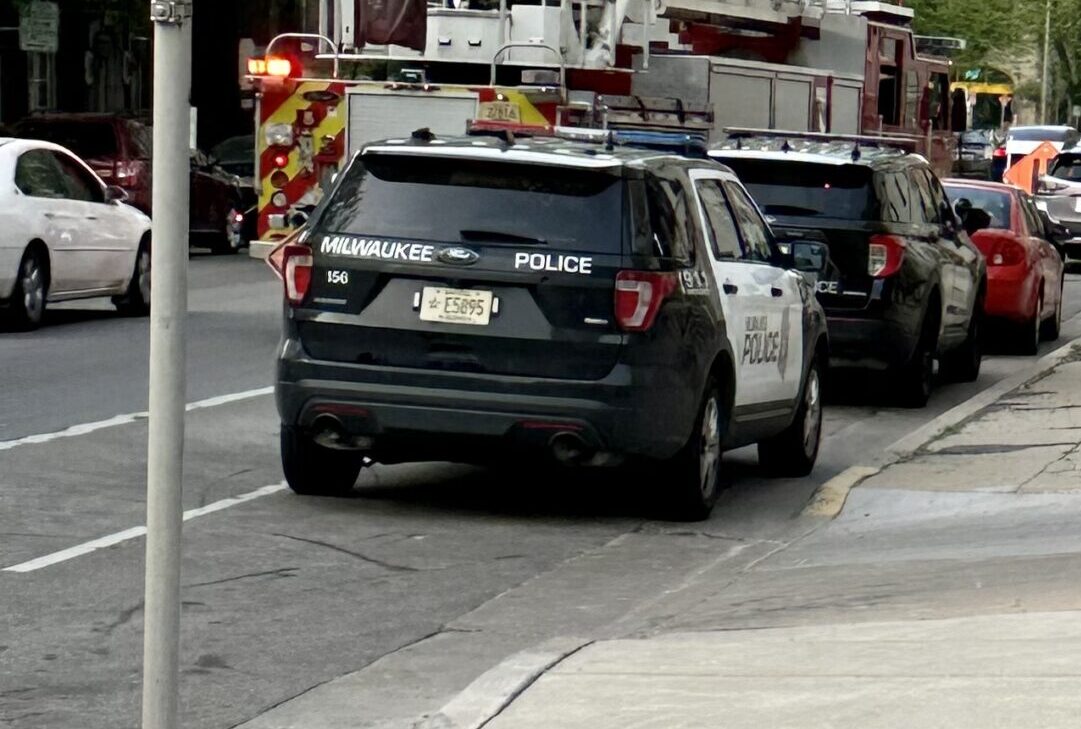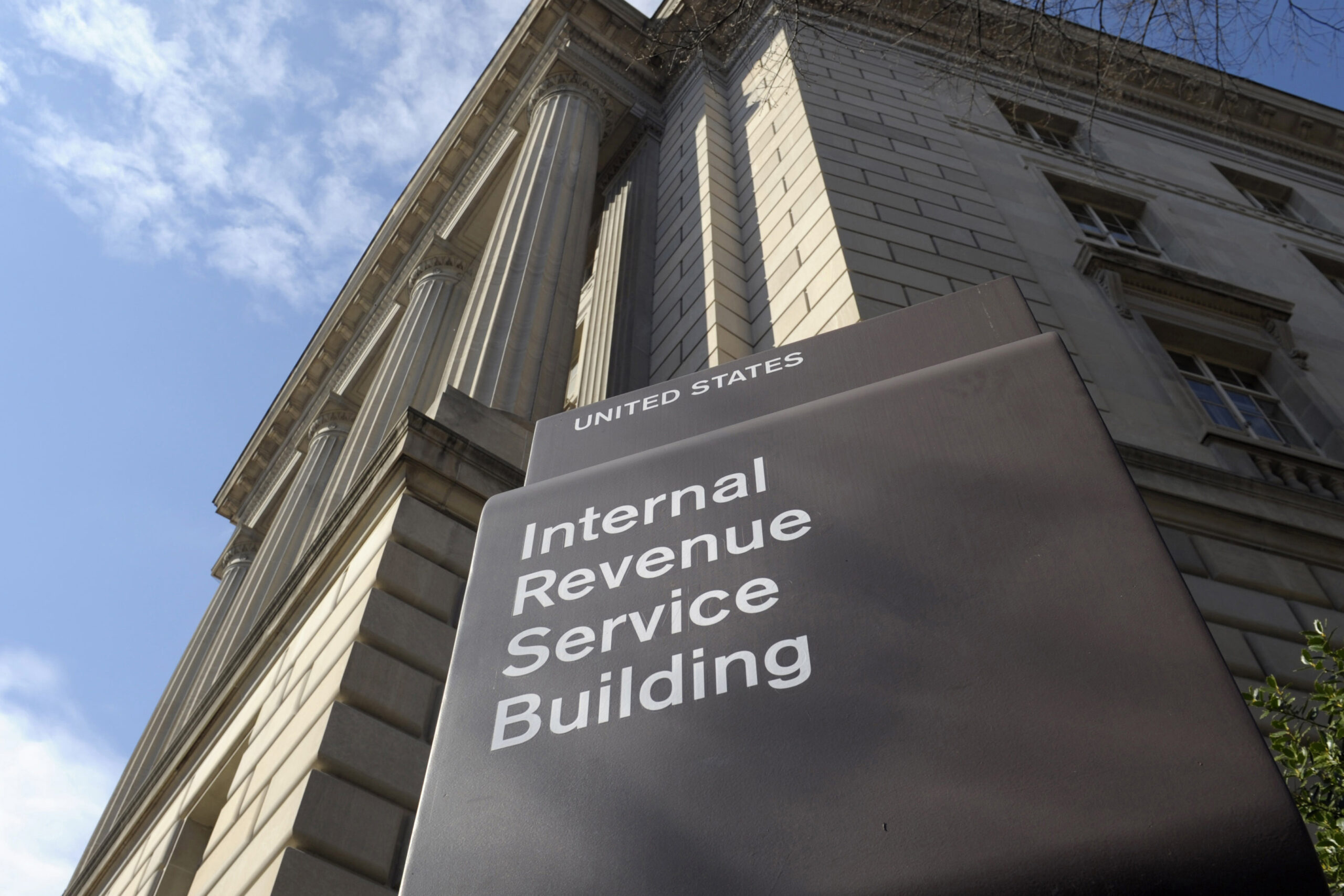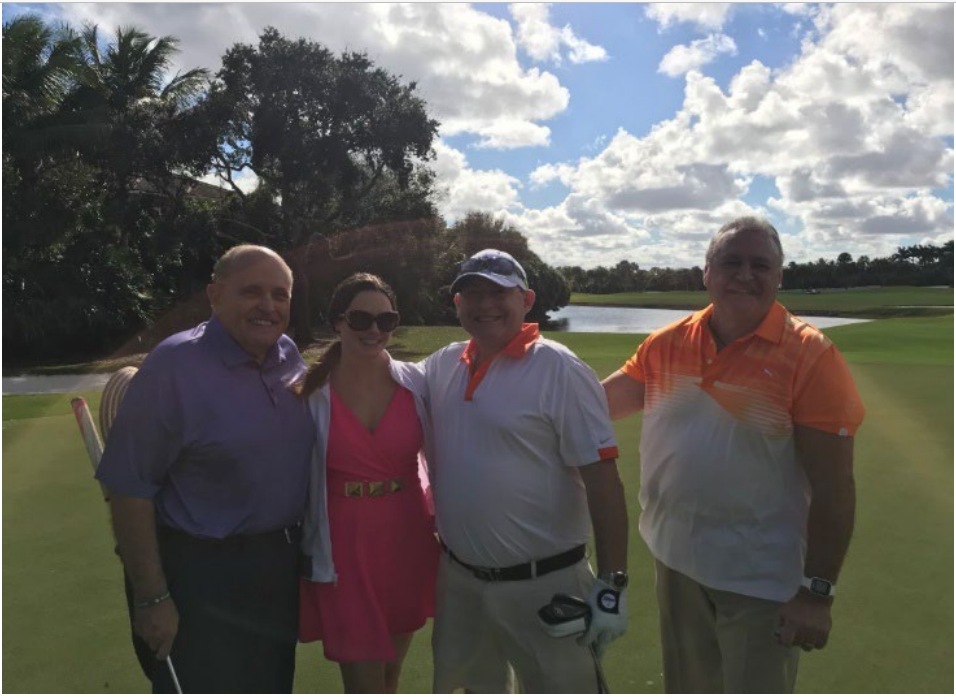Local Bar Associations
By: dmc-admin//July 28, 2008//
 There are many organizations competing for lawyers’ dollars and time these days. So, what makes a local bar association an attractive option, versus the other voluntary bars?
There are many organizations competing for lawyers’ dollars and time these days. So, what makes a local bar association an attractive option, versus the other voluntary bars?
Relevance, says James Temmer, executive director of the Milwaukee Bar Association.
hat the bar does has to mean something to its members, and it has to be responsive to their professional needs.
Local bar leaders have the opportunity to go beyond the standard golf outing. As leaders of a group, they can have the power to effect change in the way justice is administered in their own hometowns, upon their neighbors and themselves. Local bar leaders can also help change the way those nonlawyer neighbors view the legal profession.
But to do this, the bar needs to have some clout — both in the legal community and the community as a whole.
Building membership is one way to build clout, and some of the tips below, from local bar leaders in Wisconsin, are geared toward that end. But, if your local bar association will never get higher numbers, due to factors beyond your control, you can still try new strategies to build the presence of the local bar within the larger community. Here’s how.
Court the court. If possible, get the local judiciary involved in the association. Temmer says, “We’re very fortunate that the local bench is open to working with the bar to improve the justice system in Milwaukee. Our bench/bar committees are a strong selling point to potential members, and two of our most popular events are Judges Night and the State of the Courts luncheon.”
Likewise, Angela Olson, of Bakke Norman in New Richmond and treasurer of the St. Croix Valley Bar Association, says the local bar there holds luncheon meetings with the judges from St. Croix, Polk and Pierce counties. The judges discuss what’s going on in their courtrooms, followed by question-and-answer sessions. These three meetings tend to be the most heavily attended of the year.
Offer CLE. Quality, inexpensive programming is key, says Temmer.
Free is even better, if it’s possible to do that. In Marathon County, approximately six of the 10 annual meetings feature free speakers where one hour of CLE credit is applied for, says Anza D’Antonio, of Siemens Water Technologies in Rothschild, and president-elect of the Marathon County Bar Association. That’s an excellent bargain for CLE, considering that annual dues are $25.
St. Croix Valley also offers free CLE at some of its meetings. The bar partnered with Minnesota Lawyers Mutual Insurance Company, which provides the speakers; therefore, no one member of the local association has to put in the time to create an educational program. Ethics credits are an especially popular draw. Olson says that chances are that other groups, like other professional malpractice insurers, would be willing to speak to your association — but maybe other litigation support providers could do so, too.
Think creatively when planning new social events. The Eau Claire County Bar Association recently added “family night at the ballpark” to its social events. The association rented the fan deck private area at an Eau Claire Express baseball game and encouraged members to bring their families. About 50 people attended this year’s family night.
The idea came, in part, from examining the demographics of the local bar and noticing that there are a number of lawyers in the association with young children who are concerned with balancing work and life, says Stephen C. Nick, the association’s past-president. They concluded that this would be a great way to combine professional networking with family time.
Along these lines, D’Antonio says that alternating meeting times is a wise strategy. Some lawyers’ personal lives preclude anything work-related past 5 p.m., so they’ll only attend a luncheon, whereas some lawyers prefer to work through the noon hour and do the post-work, happy hour.
Serve the profession by serving the public. It’s a win-win, says Temmer, who points to the Milwaukee Justice Center project as a prime example.
The Justice Center, to be located in the Milwaukee County Courthouse, will be a resource for information and basic assistance for unrepresented litigants and others seeking legal help. The Center, which will also house and expand the existing Family Law and Small Claims Self-Help Clinics, will provide training of lawyers on specific issues to expand the pool of pro bono lawyers in the area, and it will provide the opportunity to improve and streamline the referral of cases to existing legal service providers.
In fact, all of the bar leaders who talked to Wisconsin Law Journal say their bars have a history of helping out in their communities.
The La Crosse Bar, for example, funds Jim’s Grocery Bag (See sidebar), in addition to monthly free legal clinics; the Marathon, St. Croix Valley, and Eau Claire County Bars also offer free legal clinics, in addition to many other service projects.
In Marathon County, the association has obtained grant money in recent years to expand the scope of its public service projects. In 2003, for example, the bar was recognized at the Wisconsin Bar Leaders Conference for its two-year outreach project that distributed nearly 3,000 brochures published in two Hmong dialects. The brochure serves as a legal guide for Hmong parents that are unfamiliar with the American juvenile justice system.
Foster partnerships. The previously-mentioned grant came from the State Bar of Wisconsin. It’s offered annually, and Marathon County has applied for and received it several times in recent years. It’s just one example of the outreach to the local bars from the State Bar, which had a direct benefit. Look into how the State Bar might be able to help your bar, says D’Antonio.
Let the public know what the association does for them. In his job as a city attorney, Nick says he understands the power of the press, and uses the news media to the city’s advantage whenever he can. But he only recently turned that thinking into how it can benefit the Eau Claire County Bar. Still, it was better late than never, when he drafted and sent press releases about the association’s work in the regional high school Mock Trial competition. He followed up on those press releases with phone calls to the media. Two television stations and the local newspaper picked up the story. He also tried it for Law Day and received press coverage for that, too.
Make it personal. The Eau Claire bar recently initiated its “bar after hours” event, where members get together for cocktails and snacks at one of the local law firms. The bar gives the host firm money to cover the costs of food and drink. It allows that firm to showcase its office. Nick says he finds it interesting to see other work environments — plus, hosting it at a firm ensures that, at the very least, their lawyers will attend. A few small firms have opted to serve as host at other sites of their choosing. The bar after hours happy hours tend to attract more attendees than when they are held at restaurants.
Meanwhile, in Marathon County attorney Roger Deffner annually holds a steak fry at his home –— also a popular event.
Reward participation. The Marathon County Bar initiated its traveling “Proud Eagle” award, which is given to the firm or law department that
has the best representation at a meeting. The eagle on the trophy is, well, just plain ugly, in a charming sort of way.
D’Antonio observes, tongue-in-cheek, that, “It’s so coveted, that someone — attorney Greg Strasser — is holding it and refusing to give it up.”
Yet another motivator for some to attend the first meeting of the fall season in Marathon County is the longstanding tradition that the president of the association buys the drinks, notes D’Antonio. Free drinks are always popular; this is Wisconsin, after all. Another highlight of that particular meeting is that newcomers to the association must sign a roll of attorneys, similar to that signed when they’re sworn in by the Wisconsin Supreme Court.
Legal News
- Waukesha man sentenced to 30 years for Sex Trafficking
- 12-year-old shot in Milwaukee Wednesday with ‘serious injuries’
- Milwaukee man convicted of laundering proceeds of business email compromise fraud schemes
- Giuliani, Meadows among 18 indicted in Arizona fake electors case
- Some State Bar diversity participants walk away from program
- Wisconsin court issues arrest warrant ‘in error’ for Minocqua Brewing owner
- Iranian nationals charged cyber campaign targeting U.S. Companies
- Facing mostly white juries, are Milwaukee County defendants of color truly judged by their peers?
- Milwaukee Mayor speaks in D.C. Tuesday at White House water summit
- Chicago man sentenced to prison after being caught with ‘Trump Gun’
- FTC bans non-competes
- Gov. Evers seeks applicants for Dane County Circuit Court
WLJ People
- Power 30 Personal Injury Attorneys – Russell Nicolet
- Power 30 Personal Injury Attorneys – Benjamin Nicolet
- Power 30 Personal Injury Attorneys – Dustin T. Woehl
- Power 30 Personal Injury Attorneys – Katherine Metzger
- Power 30 Personal Injury Attorneys – Joseph Ryan
- Power 30 Personal Injury Attorneys – James M. Ryan
- Power 30 Personal Injury Attorneys – Dana Wachs
- Power 30 Personal Injury Attorneys – Mark L. Thomsen
- Power 30 Personal Injury Attorneys – Matthew Lein
- Power 30 Personal Injury Attorneys – Jeffrey A. Pitman
- Power 30 Personal Injury Attorneys – William Pemberton
- Power 30 Personal Injury Attorneys – Howard S. Sicula











